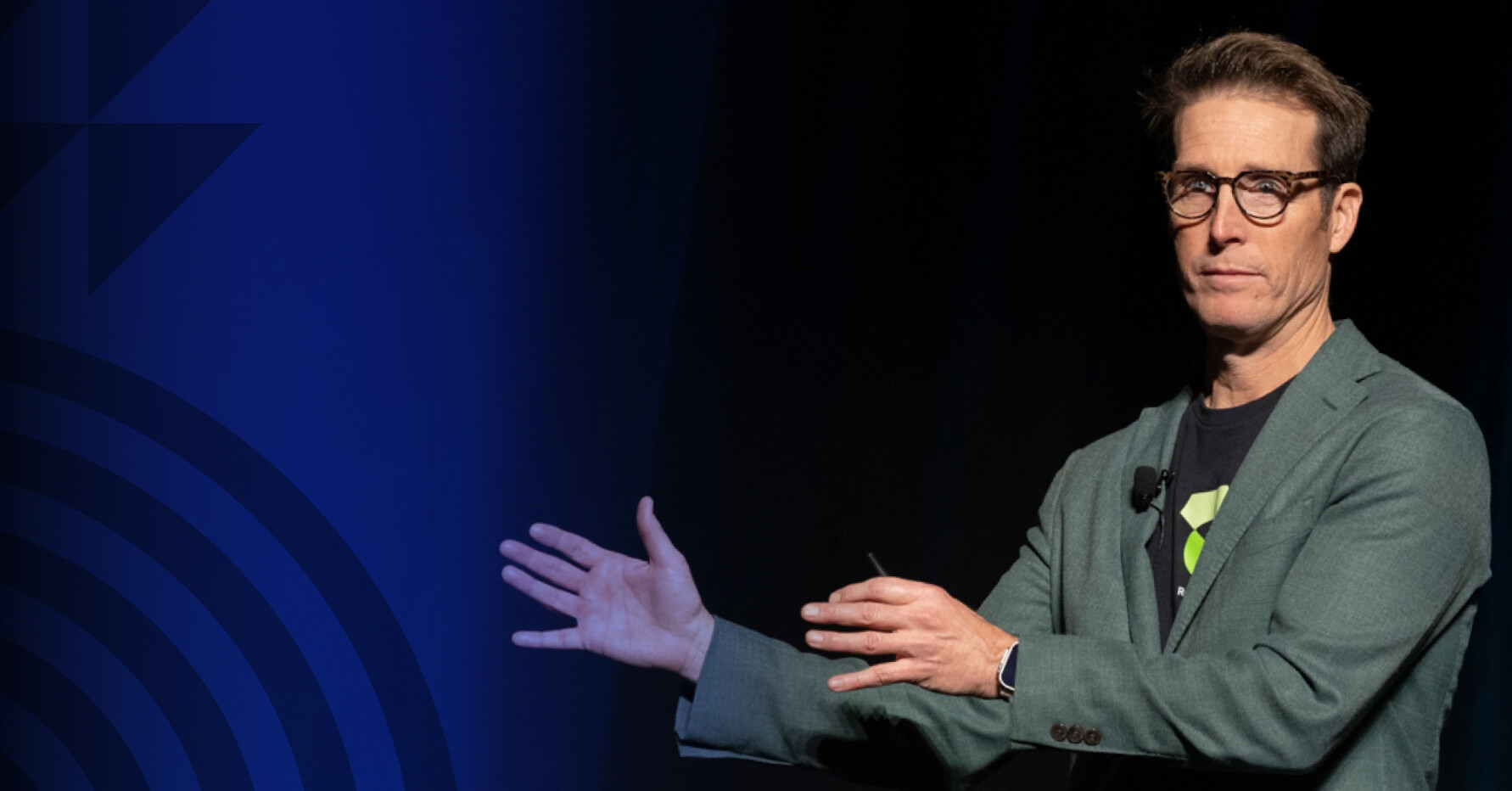Originally published on Saastr
The number one question I get asked in interviews is always:
“Hey Andy, how’d you do it?”
And let me tell you this, I did it by making mistakes. Because we’re all human at the end of the day.
But if you turn those mistakes into invaluable learning opportunities – that’s where you’ll see the largest return.
With that being said, here are my top 10 mistakes in 10 years at an entrepreneur:
1. Putting too much stock in customer excitement
In my early days, we were tech workshop elves, building and molding products based on customer feedback. We made the classic counter-intuitive mistake: assuming customers loving our product meant the work was done.
Spoiler alert: It wasn’t.
Lesson: Be the skeptic and interrogator. Ask the hard questions: What business outcome will this help you achieve? Does this address your major pain point? You’re in the innovation phase, take diligence to the next level.
2. Acquiescing too much
As a young entrepreneur, I initially viewed investors as superiors to report to. It took time to realize it was a partnership, and that I was the market expert.
Lesson: Trust yourself. I know my market better than investors. I learned to leverage their input while making independent decisions, it paid off at the end.
3. Management by “winging it” only take you so far
When it’s early days in the startup world, you don’t have many formal processes. A lot of the time you’re banking on your natural skills and experience to get you to a good result so you can move on to the next thing – AKA winging it.
Here’s the thing: As the company was maturing, I wanted to keep growing with it. I didn’t want to “wing it”.
Lesson: Read, learn, and experiment. Look to books, articles, podcasts, advisors, and board members to help you evolve your leadership and management skills.
4. Not trusting my gut on early hires
Early on at Clari, I made a hire based on investor advice, despite feeling uneasy. It turned out to be a poor fit, not because they lacked the skills, but because they lacked the passion for the vision.
Lesson: Startups need true believers who are genuinely passionate, energized by the startup environment, and inspire others. Trust your instincts in hiring.
5. Conflating individual strengths with people management skills
Early on, I achieved major success by working closely with a talented and determined leader – we closed 16 deals in 48 hours, the adrenaline was high.
But the bigger picture mistake I made was allowing the massive strengths of this leader to overshadow our differences in management styles.
Over time, I realized that fear-based management was simply incompatible with the culture we wanted at Clari. without a people-first approach, there was no way we could scale to become the company we wanted to be
Lesson: Embrace trust, empowerment, and inspiration in leadership to cultivate a scalable and people-centric company culture.
6. Not dialing back decibel-based decision-making
I once had a leader who could be counted on to be the loudest voice in any given situation. They were passionate. Persuasive. And they easily dominated the room.
Initially, I didn't think much of it, but over time, I saw the need for equal airtime.
Lesson: Be the equalizer. Make sure everyone has a voice. That’s how you facilitate the best debate, and get your teams harmonizing and improvising like a great jazz band.
7. Not recognizing it’s always game-time
Early in my career, I didn’t play chess very well. The chess of venture fundraising. I didn’t recognize that the game is “always on.” Bump into a VC at your athletic club or coffee shop? Game on!
You can’t afford to minimize or miss those moments. And how you engage them informally — versus, say, a formal pitch in a boardroom — takes a different kind of strategy with different moves.
Lesson: Master every moment. What’s the right amount of information in that situation? How do you keep them coming back for more? When’s the right time to make a proposal? Like a chess player, always think 3 steps ahead.
8. Too much heart, not enough backbone
Every morning, I remind myself to live with a heart-first approach. The mistake I’ve tended to make is not balancing that heart with enough backbone.
For example, I’ve hung on to some employees for too long, even when it’s become clear that the right decision for the business — and likely the individual — is to part ways. It’s especially tough when you’ve become close friends, or the person really embodies the company culture. But you can’t let those factors cloud your judgment.
Lesson: Strike the right balance between heart and backbone. You can be tough, and still have it come from the heart.
9. Not knowing when to stop building
Another one related to our maniacal building habit – we had to learn when to stop building and focus on scaling and go-to-market strategies.
Listening closely to customers sometimes led to over-engineering solutions, draining time and resources. But growing? That’s a whole different ball game.
Lesson: Recognize the right time to scale. Stop building. You don’t need to build anymore. Let’s get to market. Let’s sell. Let’s scale. And then let’s move on to the next product, and the next market.
10. Seeing the company through rose-colored glasses
I have a natural tendency to be the head cheerleader. I genuinely want to inspire the team, and double down on everything that’s positive and driving momentum.
But if you spend too much time looking at the company through rose-colored glasses, it’s hard to see the red flags.
Lesson: Embrace the challenges and red flags and turn them into opportunities so you and the company can win more.
At the end of the day, I’m still making mistakes and I’m still learning but I hope sharing this list helps my fellow entrepreneurs sidestep a few of these – and give you more time to make, and learn from, your own.


